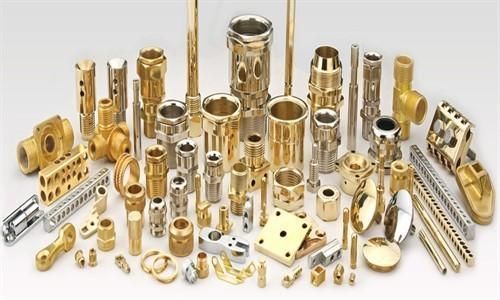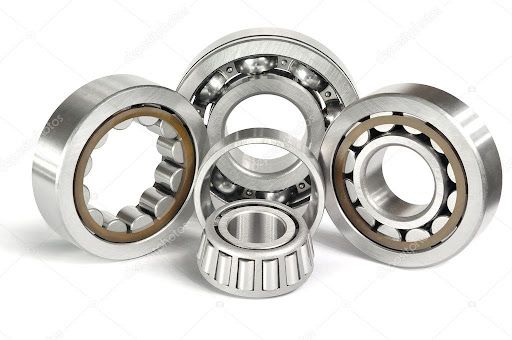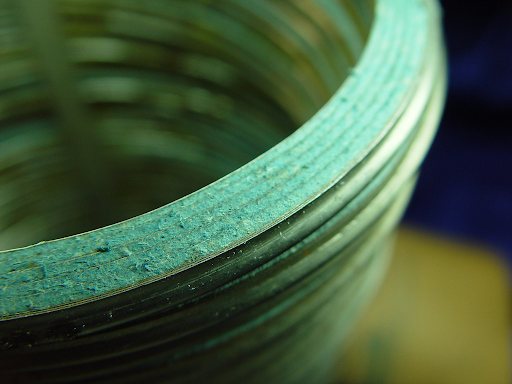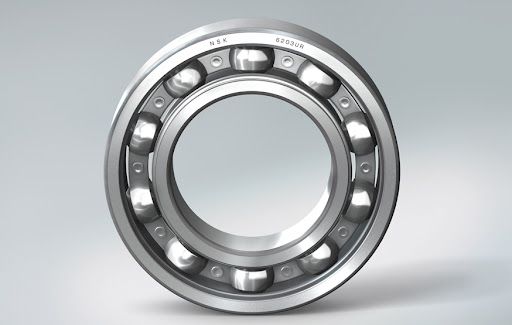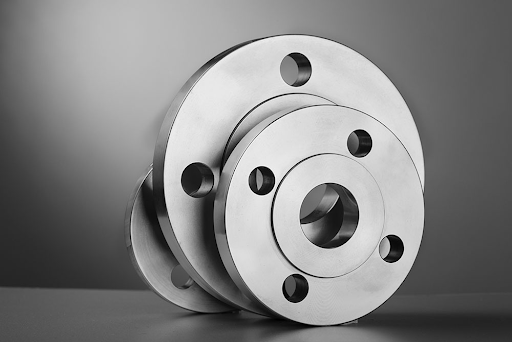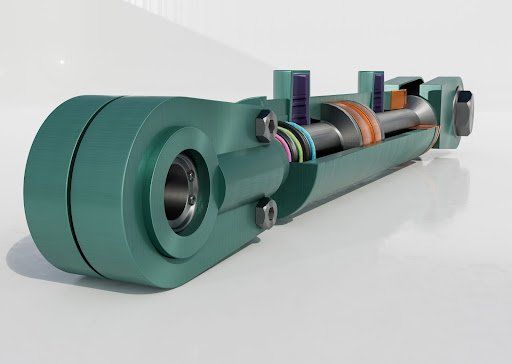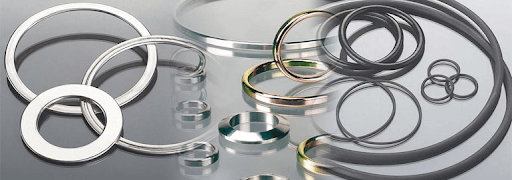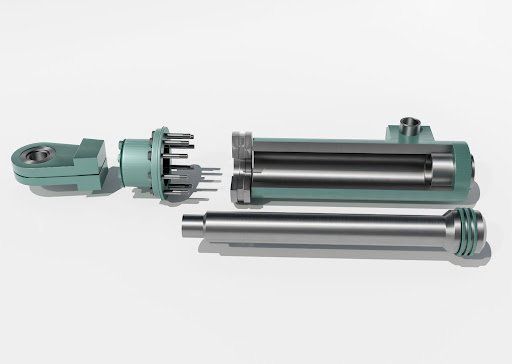Safety Tips For Using Steam Hoses
Safety Tips For Using Steam Hoses
Working with steam and handling steam hoses can be hazardous if there are no safety procedures in place. With care and a few simple precautions, you can ensure that the lives of your operators are not at stake as well as eliminate the potential for costly property damage. The following tips for using your steam hose safely will also ensure that your hoses don't fail prematurely, allowing you to get the maximum life out of your assembly.
Visual Inspection
First and foremost, make sure the hose you're using is, in fact, an identified steam hose and that it has been installed correctly. Steam hoses always feature permanent branding on the outer cover, not just on the packaging. Before each use, the full length of each hose should be properly inspected for any evidence of wear or damage. Blistering, abrasions, cuts, kinks, loosened outer covers or slipped couplings, are clear signs that there are reasons for concern. If these visual clues are not repaired or replaced, the damaged hose will be at risk for a catastrophic failure.
Pressure Test
Steam hoses are all designed to withstand different pressures and temperatures, so it's crucial that you understand the limits of the hoses you're using and whether they're suitable for the system to which they're being connected. Also, never allow a steam hose to remain pressurised when it's not in use. Turning off the pressure will not only make it safer for the operator but will also extend the hose's service life.
Careful Storage
As we covered in our previous post about industrial hoses, even the strongest rubber becomes sensitive to environmental factors such as heat, cold, wind and contamination, which is why it's important to consider all these elements when storing your new or used hoses. A permanent tray or rack is a good option to minimise damage. Never hang your hose on a hook or similar device as this can potentially cut or damage the hose.
Clean & Safe Work Area
Before using the hose, make sure that the working area is clear of sand, dust, dirt and any other foreign material that could cause damage. It's also important to ensure that the work area is safe for operators, so remove any tripping hazards or unnecessary clutter. Operators should all be provided with the correct safety clothing, including gloves, protective clothing, eye protection and rubber boots.
Maintenance
Every hose assembly should receive periodic maintenance to ensure that the system is always safe and secure. In addition, a hydrostatic test should be performed annually for a minimum of five minutes at 1.5 or 2.0 of the recommended working pressure of the hose, particularly on used hoses, to ensure that they are suitable for continued service.
For any more information or if you have concerns about the state and safety of your hoses, don't hesitate to contact the Bearing Centre team. In addition to assuring you of the best in quality equipment, we can also guarantee the most affordable prices on the products that you require.

